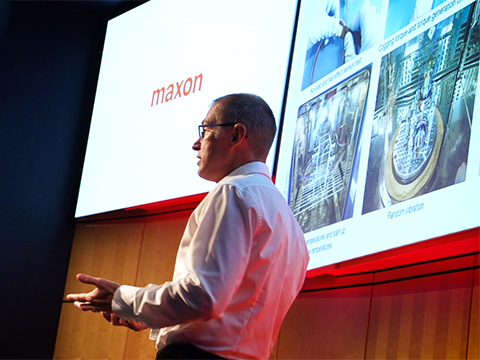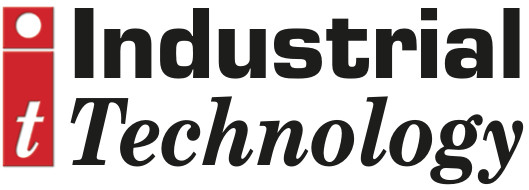
Posted to News on 5th Feb 2025, 14:00
The drive systems behind the NASA Mars missions
The UK Magnetics Society event, taking place 12 February at the Satellite Applications Catapult in Oxfordshire, includes a special presentation by Andrew Gibson, maxon's UK lead for space and aerospace applications. He will be present a look behind the drive system technology onboard NASA's Perseverance Mars rover and Ingenuity drone.

(See maxon at Machine Building North, 10 April 2025, on stand 83)
In '25 Years of Exploration on Mars and Beyond', Andrew will explain the role of electric motor technology used throughout the history of NASA's Mars missions. The presentation will focus on the current mission to the Red Planet, which has the objective of collecting Martian soil samples for research into signs of ancient microbial life.
The audience of UK Magnetics Society members will include design engineers as well as academic engineers and scientists across applications involving magnetics. Electromagnetic flux flow is essential to the operation of electric motors, and the presentation will explore motor design for space applications.
Onboard NASA's Perseverance rover, electric motors and gearheads control the drill, required to access the sample material, as well as the sample handling system inside the rover. NASA is currently investigating the process to return the samples to Earth, planned for 2026.
Electric motors are also used within NASA's landmark Ingenuity drone in the control of the swashplate, responsible for the pitch of the rotors. Ingenuity made history as the first drone ever to be used on another planet. Planned to make five flights, the durability of the drone enabled it to make 72 flights over nearly three years of operation.
Andrew will explain how maxon worked with NASA's Jet Propulsion Laboratory in the design and manufacture of the drive systems. As well as the control precision required by NASA, the drive systems must be sufficiently durable to endure the launch, deployment, and life in the Martian environment. Andrew will elaborate on the design that has enabled operation in a vacuum, resistance to radiation, as well as the demands on high torque density, low mass, and high efficiency.
Andrew is a headline speaker alongside fellow speakers from British Geological Survey, UK academics, and leading organisations in space exploration.







